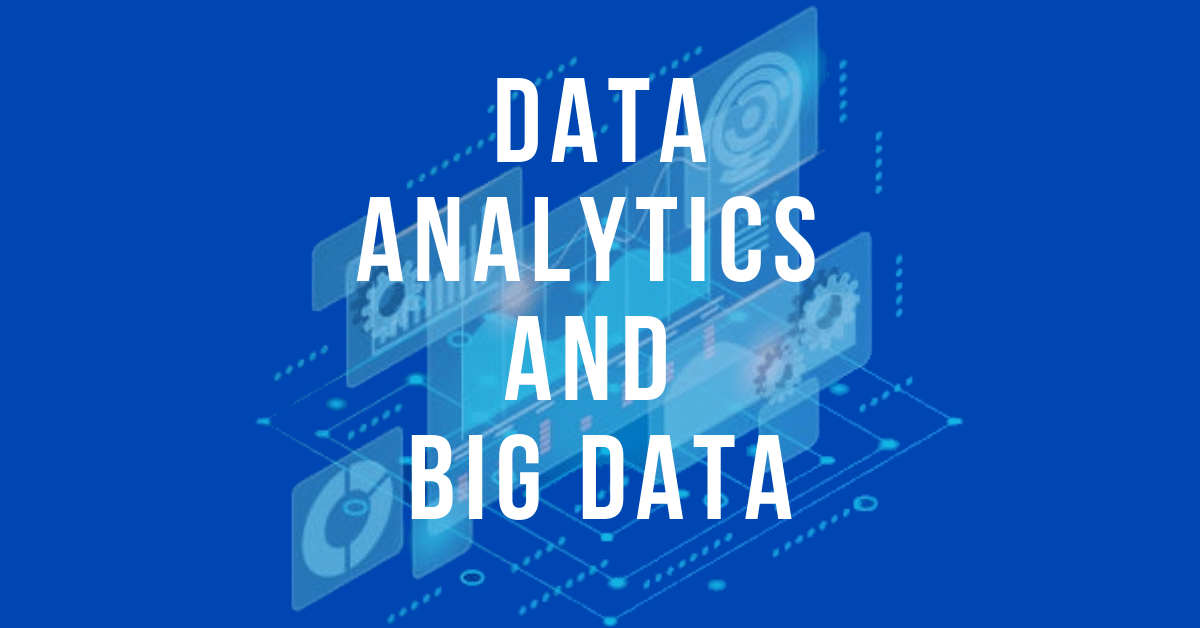Learning about data analytics and big data is of immense importance today. Various operations produce a large amount of data daily, and the quantity of data we generate daily is impressive. Did you know that every single day, we create a staggering 2.5 quintillion bytes of data? However, this rate only grows as the Internet of Things (IoT) develops other data sources, such as machine-to-machine connections and surveys. The resources create 90% of the data in the last two years.
This information can be helpful to businesses and organizations in various ways. For example, Data analytics enables companies to choose the best time to introduce their products and services. Plus, it gives information about people’s behavior and interests, allowing them to recognize upcoming demands better and seize opportunities. However, raw data can only be helpful after applying a few analytics.
What is data analytics?
Data analytics examines raw data to draw insights about it. It focuses on obtaining insights from data and includes procedures, tools, and data analysis and management techniques, such as data gathering, organizing, and storage.
The primary goal is to apply statistical analysis and technology to data to identify trends and solve problems. It has gained importance within organizations as a tool for evaluating and altering business processes and improving decision-making and business outcomes.
Type of data analytics
There are four (4) types of Data analytics:
1. Descriptive Analytics
It is the process of asking, “What happened?” It focuses on analyzing raw data and extracting useful information from it. However, how this occurred needs to be clarified. We display the data in tables or through Power BI, allowing in-depth analysis and interpretation of the insights. form of a table or power BI.
2. Diagnostic Analytics
It is the type of advanced data analytics that asks the question, “Why did it happen?” It provides in-depth information about a specific problem. At the same time, a business should have detailed information; otherwise, data collection may be time-consuming and individual for each issue.
3. Predictive Analytics
The main goal of predictive analytics is to find and predict future opportunities for company growth. For example, it provides insight into the best season for offering sale discounts and information about previous user experiences.
4. Prescriptive Analytics
Prescriptive analytics determines the activities and approaches employed to solve a future business problem. It focuses on the required steps to avoid a future business issue.
What is Big Data?
The big data revolution has given rise to various data analytics types, designs, and steps. Companies in many industries now have access to more data forms than ever, with new data flowing in by the minute from various platforms. Big data analytics aims to help organizations make smarter choices for improved business performance.
Whether you work in human resources, marketing, supply chain, accounting, finance, healthcare control team, repository, or retail, your professional life will be surrounded and driven by data. Adequate data use leads to a better understanding of a business’s previous performance and better decision-making for future activities. There are many ways to employ data at all company operations levels.
Might be of your interest -> Cloud Computing in Big Data
One can understand that Big Data differs from regular data because of its large size and rapid development pace. It proliferates, and not everyone can manage it like traditional schemas.
There is still a misconception about big data that it is only related to the size of data. However, big data has other essential attributes. The term “three Vs” is commonly used to refer to the three defining characteristics of big data, namely volume, variety, and velocity.
Big data analytics involves applying advanced analytic techniques to extensive data collection. As a result, it is about how they have become one of the most significant business intelligence (BI) trends today.
Conclusion
To conclude, Big Data Analytics has evolved as a valuable asset for businesses of all sizes and types. It provides value to the organization by putting information into context and revealing more complete stories. You can make precise business judgments by overcoming complicated datasets with relevant insight. If you understand how your clients can reframe massive data, your worth will improve immensely. Despite the established advantages of huge data, it offers many undiscovered opportunities for exploring.
[Mesum Raza writes this article during Train the Learner’s Four weeks Training Program as an Article Writer]




